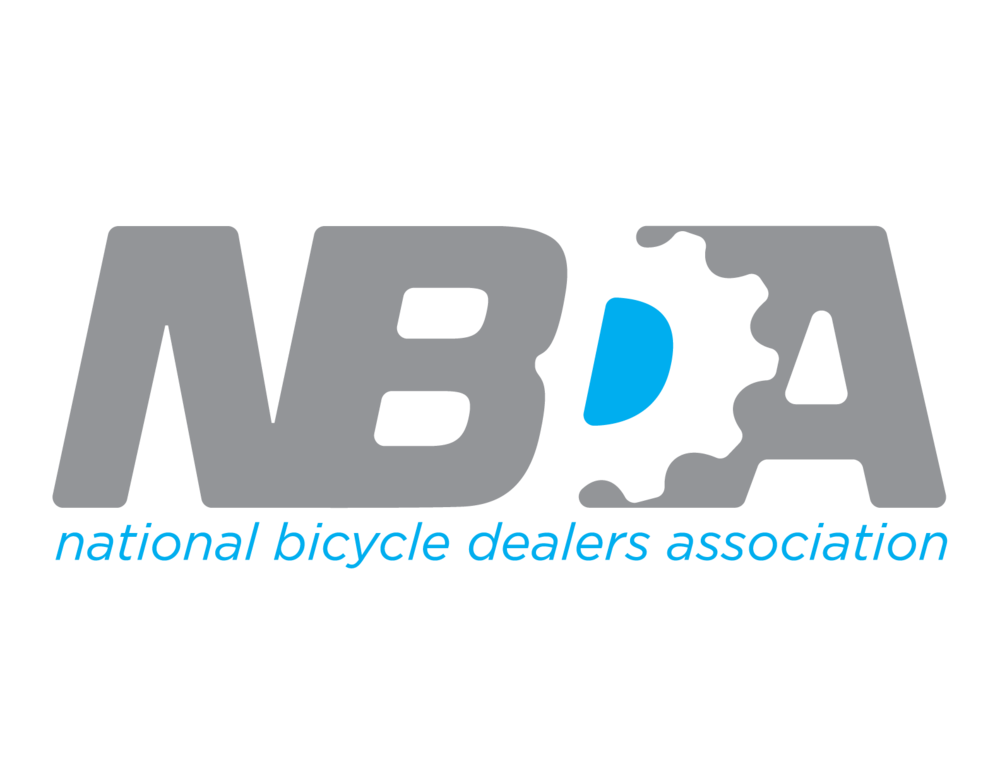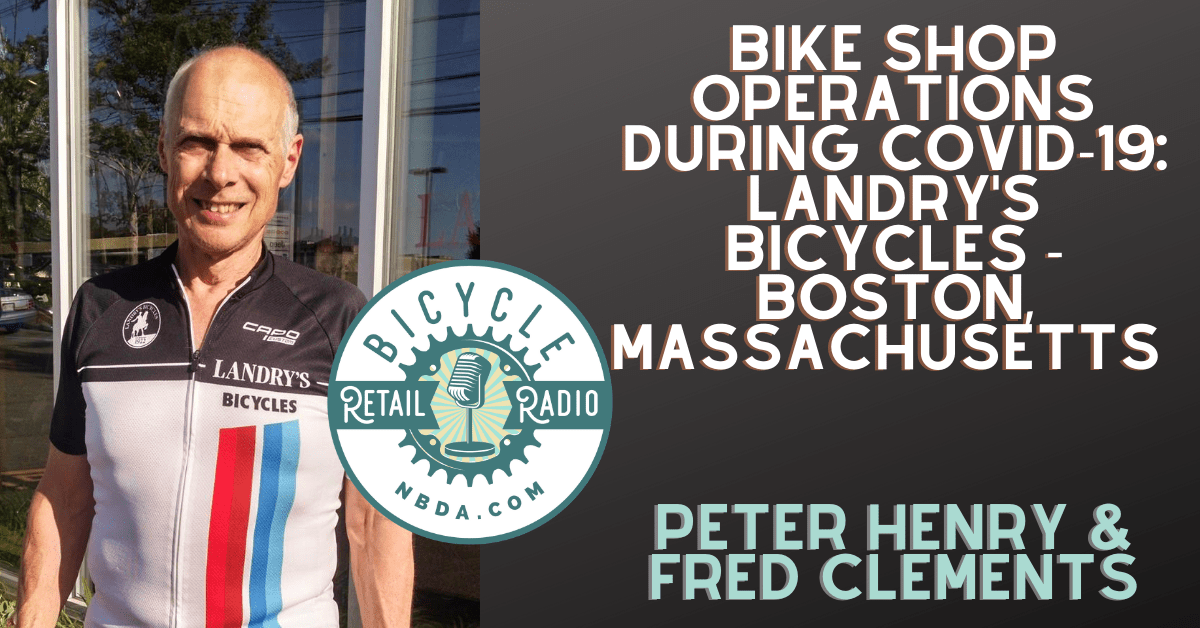Vendor and Product Selection: How To Run A Profitable Bike Shop
Why do you sell specific products/brands that are on your showroom floor? Were they simply the brands that were available, brands you chose because you endorsed them personally, or brands that offered a competitive product that returned sustainable margins for your business? Whatever the reason, you must be always trying to optimize your product selection based on several factors. While it may seem impossible if you are in a strong partnership with a primary supplier, you really should at least somewhat regularly looking at other options, if for no other reason than to validate your choices. Merely looking at pricelists is not the only criteria to judge your chosen selection versus competitors. It is critical to look at payment terms and product availability when YOU need to replenish, along with freight minimums, and the ability to ship from two warehouses to attain freight. It is also on a somewhat subjective scale whether you can sell the product at the same or better sell-through velocity as your current choice(s). If you may make a change, gathering as much intel as possible is very important, so you don’t end up surprised. Call a few dealers out of the area to get some honest opinions of products you are considering. Last, if for no other reason, again, it’s essential to know what else is out there and to use that information to your benefit when negotiating your buys, and you should be continually negotiating.
Constantly Evaluate And Experiment
Constant evaluation and experimentation with the product mix is a good thing. What I mean by this is always to be tinkering with your product mix to validate your choices and not become stale. What was hot a few years ago may have cooled, and you didn’t realize how much a particular product sales have slowed. An example would be cycle computers. What was an item I recall always being a no brainer, slowly lost traction to cell phone holders, and GPS. Retailers may add another item(s) to the product mix without realizing that those new products are replacing the need for the prior products or, at the least, lessening your inventory needs for the obsoleted product. You also want to be experimenting with pricing on items to verify you are getting what the product is worth. Often retailers will settle for the MSRP or MAP pricing on things that are not price-sensitive and can be sold at much higher margins. Again, experiment continuously. We slowly replaced our best selling bottle cages with a very competitive and incredibly similar model that delivered twice the profit, which on such a high volume item can add up quickly. You may also want to pare down color selections on certain things until you find the happy medium. Now you can go a little deeper on fewer SKUs while maintaining sales. Apply this to product selection as well. You may not need an array of choices when a good, better, best approach may work best. Or even “this is the only model we carry” can, at times, for the right item be the best approach. The “right” amount of selection can vary from store to store, so always be fiddling to find the right balance.

Negotiate In Your Best Interest
Sadly many retailers can become defined solely on the product/brands they carry and may overlook or avoid opportunities that could be advantageous to the bottom line. While I am well aware of the ‘quotas” many retailers have to contend with when it comes to product selection, due to supplier’s programs and demands, always be negotiating in your business’s best interest. You still want to use your data to back up your negotiations. If nothing else, do not become complacent in your vendor and product selections. The wrong vendor or product mix can wreak havoc on your product supply, turn over, and bottom line. When you have picked the right product and mix for your business, not only is it suitable for the company, but it makes the whole experience for you and your customers much smoother. Many retailers, even the successful ones, may become complacent in this area. There are many ways to work on your store’s profitability, operational efficiencies, staff training, and many other aspects, but inferior product and vendor selection can make for an uphill battle for your business. Things change over time; make sure you are too.
Remove Emotion From Your Product Buying
Finally, when discussing product selection, be careful not to make knee jerk decisions based on your feelings. I can think of several product examples where we were making excellent margins and experiencing very fast sell-through. These brands were also being sold through various online channels at or below our wholesale pricing. The obvious, at the time, the decision was to kick these bad actors to the curb. Over the next season, we struggled with the replacement items, not having the brand name, quality, and sometimes availability of the previous bestsellers. Somewhat begrudgingly, we went back to the products experimentally, and fearful we would be called out as overpriced to see what happened. In the dark recesses of the internet forum and Facebook pages, the word was we would be suffering the wrath of showrooming customers within minutes of these products hitting our floor, and worse yet, supporting those who do not help us. While this may be the case with certain products, I can think of two very poignant examples of selling these products at full margin, with no blowback and even better, selling far more of the products than the replacements. The moral of the story with vendor and product selection is to validate your feelings on the sales floor. Would you rather be right, or profitable? Developing strong vendor relationships can be an incredible help to your success, but verify things occasionally. Of course, it may be necessary to move some product to stay in a vendor’s good graces, but only if they are delivering tremendous value to you across a wide swath of your business.
Words by David DeKeyser
 David DeKeyser and his wife Rebecca Cleveland owned and operated The Bike Hub in De Pere, Wisconsin, for nearly 18 years. In 2018, they sold the business and real estate to another retailer based in a nearby community. David now writes the Positive Spin series on Bicycle Retailer and Industry News and he writes articles for the NBDA’s blog, Outspokin’. David also provides business consulting through the NBDA’s P2 Consult Program.
David DeKeyser and his wife Rebecca Cleveland owned and operated The Bike Hub in De Pere, Wisconsin, for nearly 18 years. In 2018, they sold the business and real estate to another retailer based in a nearby community. David now writes the Positive Spin series on Bicycle Retailer and Industry News and he writes articles for the NBDA’s blog, Outspokin’. David also provides business consulting through the NBDA’s P2 Consult Program.
 The NBDA has been here since 1946, representing and empowering specialty bicycle dealers in the United States through education, communications, research, advocacy, member discount programs, and promotional opportunities. As shops are facing never-before-seen circumstances, these resources offer a lifeline. Together, we will weather this. We at the NBDA will not waver in our commitment to serving our members even during this challenging time—but we need your support.
The NBDA has been here since 1946, representing and empowering specialty bicycle dealers in the United States through education, communications, research, advocacy, member discount programs, and promotional opportunities. As shops are facing never-before-seen circumstances, these resources offer a lifeline. Together, we will weather this. We at the NBDA will not waver in our commitment to serving our members even during this challenging time—but we need your support.
Now is the time to become a member as we join together to make one another stronger. Whether you’re a retailer or an industry partner, your membership in the NBDA is one of the best investments you’ll make this year.
Learn more about the benefits of being a member and join now.










